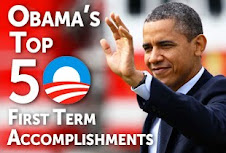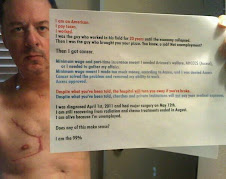By ,
The Romney campaign may have misfired with its suggestion that statements by President Obama and U.N. Ambassador Susan Rice about the Benghazi attack last month weren’t supported by intelligence, according to documents provided by a senior U.S. intelligence official.
“Talking points” prepared by the CIA on Sept. 15, the same day that Rice taped three television appearances, support her description of the Sept. 11 attack on the U.S. Consulate as a reaction to Arab anger about an anti-Muslim video prepared in the United States. According to the CIA account, “The currently available information suggests that the demonstrations in Benghazi were spontaneously inspired by the protests at the U.S. Embassy in Cairo and evolved into a direct assault against the U.S. Consulate and subsequently its annex. There are indications that extremists participated in the violent demonstrations.”
4479
Comments
- Weigh In
- Corrections?
David Ignatius
Ignatius writes a twice-a-week foreign affairs column and contributes to the PostPartisan blog.
The senior intelligence official said the analysts’ judgment was based in part on monitoring of some of the Benghazi attackers, which showed they had been watching the Cairo protests live on television and talking about them before they assaulted the consulate.
“We believe the timing of the attack was influenced by events in Cairo,” the senior official said, reaffirming the Cairo-Benghazi link. He said that judgment is repeated in a new report prepared this week for the House intelligence committee.
Here’s how the senior official described the jumble of events in Benghazi that day: “The attackers were disorganized; some seemed more interested in looting. Some who claimed to have participated joined the attack as it began or after it was under way. There is no evidence of rehearsals, they never got into the safe room . . . never took any hostages, didn’t bring explosives to blow the safe room door, and didn’t use a car bomb to blow the gates.”
The Benghazi flap is the sort of situation that intelligence officers dread: when politicians are demanding hard “yes” or “no” answers but evidence is fragmentary and conflicting. The political debate has focused on whether the attack was spontaneous or planned, but the official said there’s evidence of both, and that different attackers may have had different motives. There’s no dispute, however, that it was “an act of terror,” as Obama described it the next day.
“It was a flash mob with weapons,” is how the senior official described the attackers. The mob included members of the Ansar al-Sharia militia, about four members of al-Qaeda in the Maghreb, and members of the Egypt-based Muhammad Jamal network, along with other unarmed looters.
The official said the only major change he would make now in the CIA’s Sept. 15 talking points would be to drop the word “spontaneous” and substitute “opportunistic.” He explained that there apparently was “some pre-coordination but minimal planning.”
The intelligence community obviously feels burned by having its tentative assessments become a political football in this campaign and, in truth, one obvious lesson is that the United States could use much better real-time intelligence from places such as Libya.
The Benghazi attack produced a swirl of intelligence reporting, some of it contradictory. The Associated Press reported Friday that within 24 hours of the assault, the CIA station chief in Libya cabled headquarters that eyewitnesses said the attack had been carried out by militants. But the analysts evidently didn’t feel that they had any single report that allowed them to make a definitive determination about the nature of the attack.
David Ignatius
Ignatius writes a twice-a-week foreign affairs column and contributes to the PostPartisan blog.
The analysts seem confident that al-Qaeda’s new leader, Ayman al-Zawahiri, played no direct role in the Benghazi events, even though he called on Sept. 10 for revenge attacks against the United States. “He’s not a manager, he’s not a planner, he’s not an operator. He’s a theologian, and that doesn’t have much resonance now. He’s almost irrelevant, he’s so concerned about his security, so hunkered down,” said the senior official.
Ironically, the Sept. 15 talking points that were the basis for Rice’s televised comments were requested by the House intelligence committee. Ideally, the congressional oversight committees would provide bipartisan support for intelligence officials who are probing the attack. But in the heat of the final pre-election weeks, the murky details of what happened in Libya have instead become political assault weapons.
davidignatius@washpost.com





























